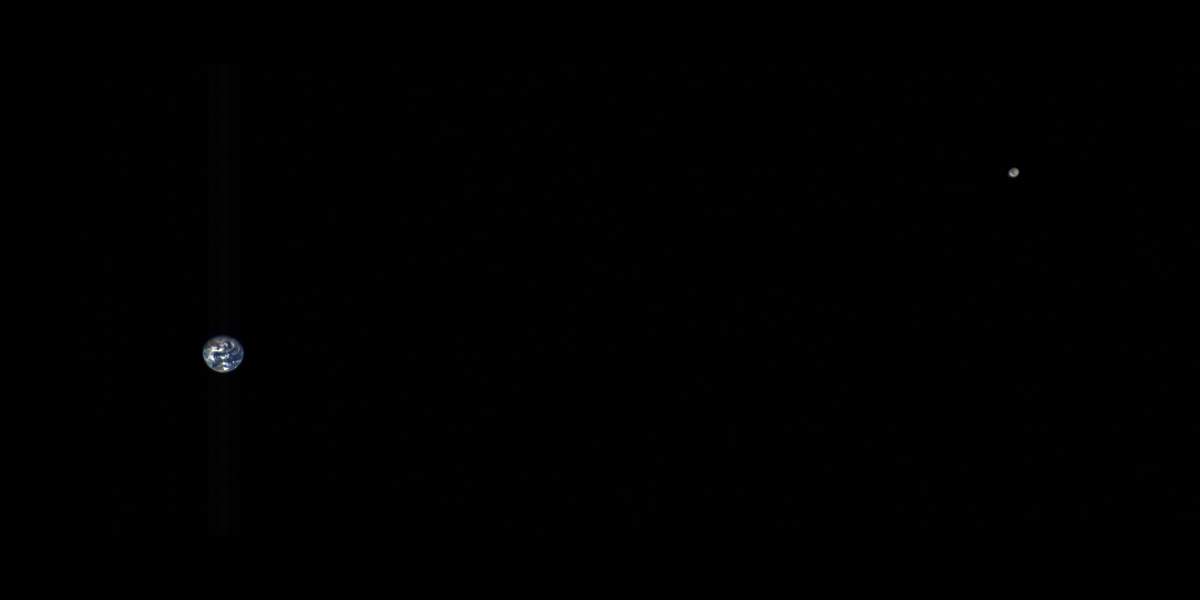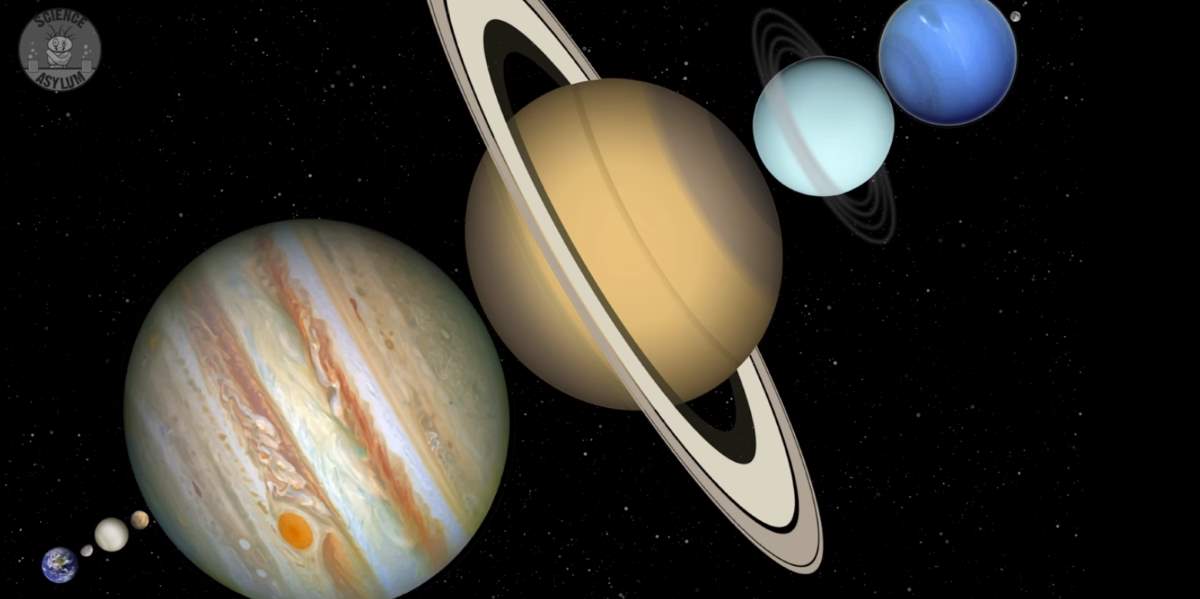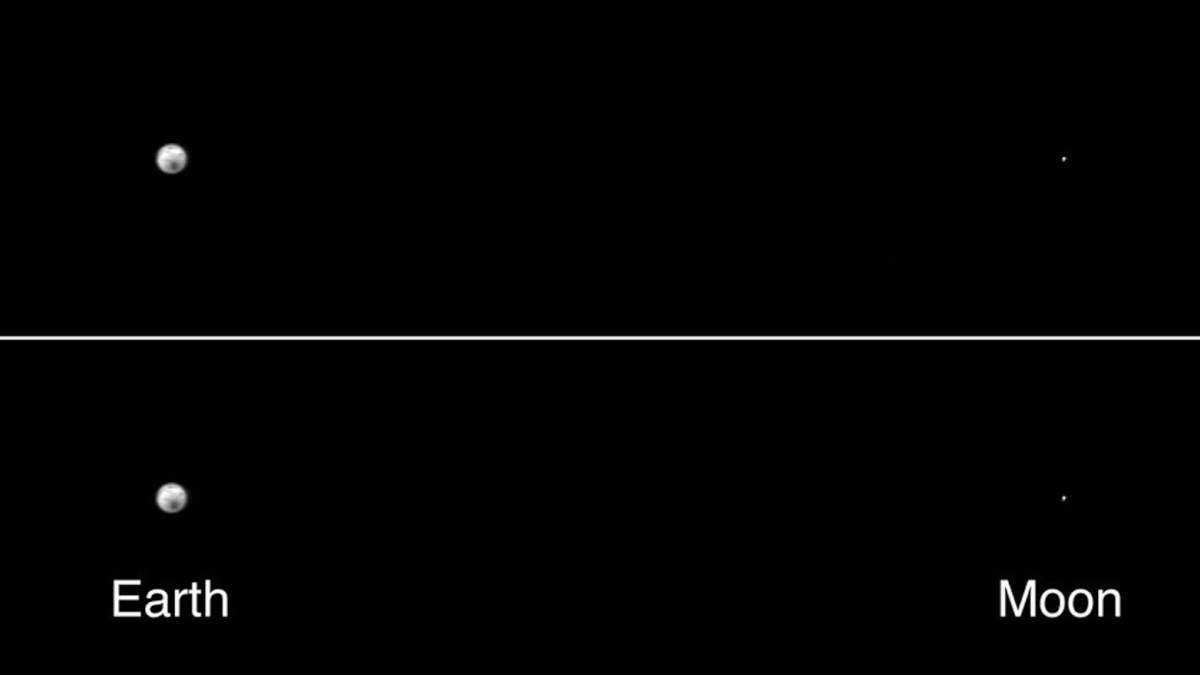The average distance between the Earth and the Moon is 384,400 km (238,855 miles). It’s a vast number that’s difficult to truly comprehend, leading many people to believe the Moon is much closer to Earth than it actually is. Astronomical distances are often hard to grasp. While planets and stars are massive, the spaces between them are far greater—beyond the reach of our imagination.
Video: Distance from Earth to Moon – How far away is the Moon?
In the video below, titled “How Far Away Is The Moon?”, Physicist Nick Lucid, also known as “The Science Asylum” talks about the distance between the Earth and the Moon, how the Earth-Moon distance is way bigger than most people think, and how our brains aren’t good at dealing with the big numbers.
We evolved on Earth, and for thousands of years, we believed it to be the center of the Universe—or at least its most important and largest part. Our brains and minds are deeply adapted to life on this planet and to meet our basic survival needs.
So, we can deal with moderately sized objects that have moderate velocity, we can understand small numbers like 1, 2, and 50, and we can conceptualize small distances like two miles or the distance from our “cave” to the nearest river. But when the numbers and distances get bigger, like the distance between the Earth and the Moon, it becomes incredibly difficult to conceptualize. And the Moon is actually the nearest planetary body to us!
You might feel like you’ve got a good grasp on how far away the Moon is, but you probably don’t. It looks a lot closer than it actually is. In fact, most things in outer space look closer than they actually are. You might even be overwhelmed by the true vastness and emptiness of space.



- Moon Landings: All-Time List [1966-2025] - February 2, 2025
- What Is Max-Q and Why Is It Important During Rocket Launches? - January 16, 2025
- Top 10 Tallest Rockets Ever Launched [2025 Update] - January 16, 2025

